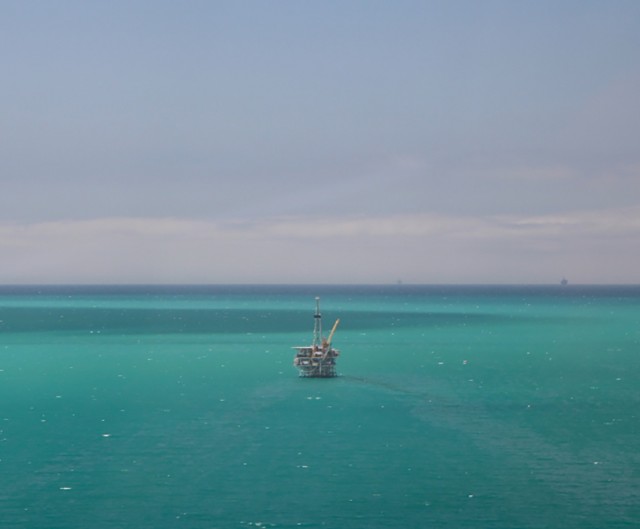In Living Color: UCSB’s Debora Iglesias-Rodriguez is thrilled to study the chalk-making phytoplankton turning the ocean turquoise in the Santa Barbara Channel

Over the last few days, the waters off the Santa Barbara coast have turned a striking shade of turquoise. The mystery behind this unusual color change is a type of chalk-producing phytoplanktonic organism called a coccolithophore.
But what makes these otherwise invisible life forms suddenly visible? It’s their sudden abundance. When coccolithophores are numerous, they turn the ocean surface turquoise-white and can easily be seen via satellite.
“Coccolithophores make chalk — calcium carbonate — internally in the organelles within the cell and they push it outside the cell membrane,” said biological oceanographer Debora Iglesias-Rodriguez, a professor in UCSB’s Department of Ecology, Evolution and Marine Biology. “They contain a material that glues the chalk plates to the membrane of the cell, and as they make more, they shed the plates so we get these white tides.”